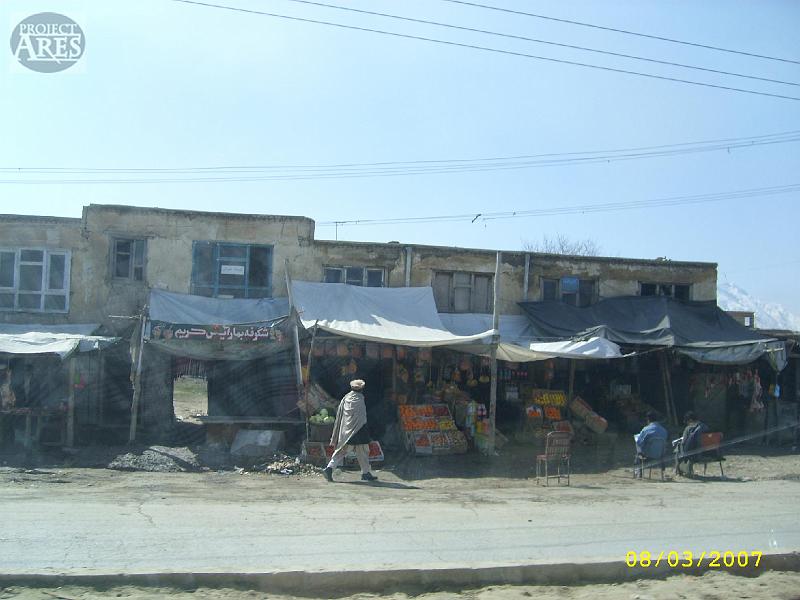
A.R.E.S Analysis
Prihláste saInterview Vážení čitatelia, JUDr. Marek Čejka, PhD. v minulosti poskytol pre Project ARES svoje interview so židovským rabínom zo Západného brehu. Miestny rabín poskytol v interview svoj názor na vývoj izraelsko –... Vážení čitatelia, Project ARES Vám tentokrát prináša interview, ktoré nášmu portálu poskytol JUDr. V decembri 2011 sa stiahli posledné americké jednotky z irackého územia. V tejto súvislosti pre Project ARES poskytol rozhovor Mgr. Tomáš Raděj, PhD. Pán Raděj dlhší čas strávil v štátoch... Project ARES Vám tentokrát prináša interview, ktoré poskytol Horia-Victor Lefter. Pán Lefter je absolventom politických vied na Université Montesquieu v Bordeaux vo Francúzsku. Pán Lefter sa špecializuje na... Miroslav Kadlec pôsobil vo Venezuele ako stážista 8 mesiacov v rámci organizácie AIESEC. Je absolventom Ekonomickej fakulty Univerzity Mateja Bela v Banskej Bystrici. Pán Kadlec sa venuje cestovaniu po svete, spoznávaniu cudzích... Odporúčanie priateľomAk sa Vám páčila naša webstránka - pošlite odkaz o nej priateľom!
|
||||||||||||||||||||||||||||





















